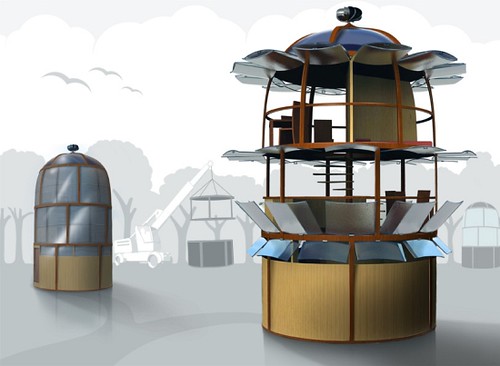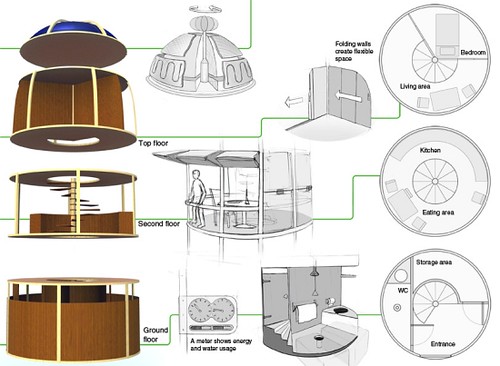Autistry Studios Newsletter – June 29, 2009
Janet Lawson, MFT | June 29, 2009
We will not have workshops over the July 4th weekend but … as so many of you have asked if you could come over we will be having a Drop In Session on Sunday July 5th from 12 – 2pm. Please let us know if you are coming so we can have plenty of cold drinks in the fridge and enough cookies to go around!
Dan’s Build Stuff Workshops are going great. All the projects are moving toward completion – a ways to go yet but well on their way!
We are thinking about having a small gathering at the end of the summer to showcase all the projects to friends and family. We may do it here at the house. So think about how you would like to display your projects and who you might like to invite. We will be asking everyone to help organize this event. In September Autistry Studios (formerly known as The Barn Project) will be one year old so maybe we can think of the event as a birthday party!
Nate’s July Filmmaking Workshop will begin on Monday, July 6th. Classes will be Monday and Wednesday 10am to 2pm. This should be lots of fun!
We didn’t get enough folks signed up for Jen’s July Workshop so we’ll do another Fabric/Fine Arts Workshop in the fall. Maybe we’ll do a Costuming class leading into Halloween!
Dan has been thinking (a dangerous past time I know!) about new project ideas. To see some of the things he has in mind go to: Project Ideas . Click on the title of each blog post to read the full blog and to see the photos.
We have new photos:
Friday Build Stuff Workshop
Sunday Build Stuff Workshop
Have a great 4th of July! Janet, Dan, Nate and Jen









